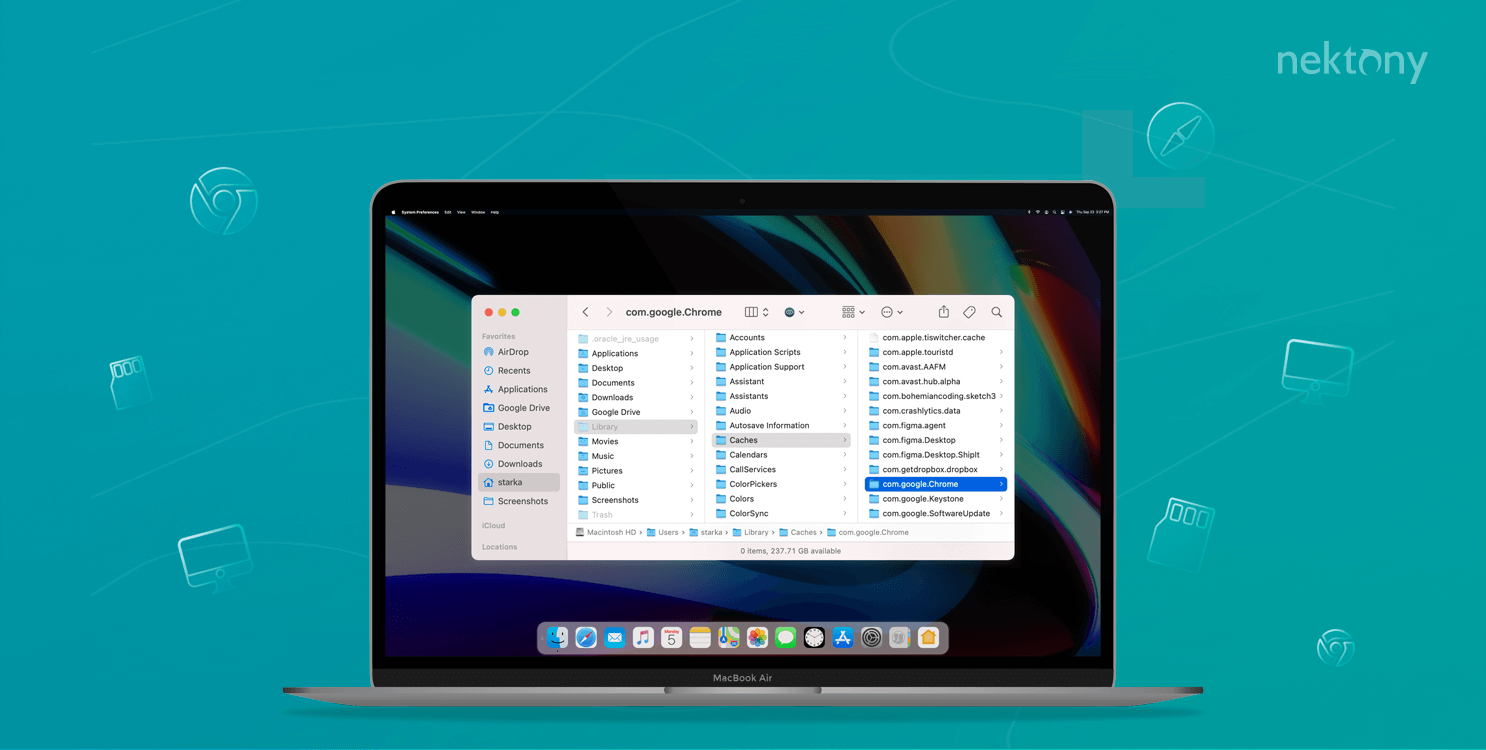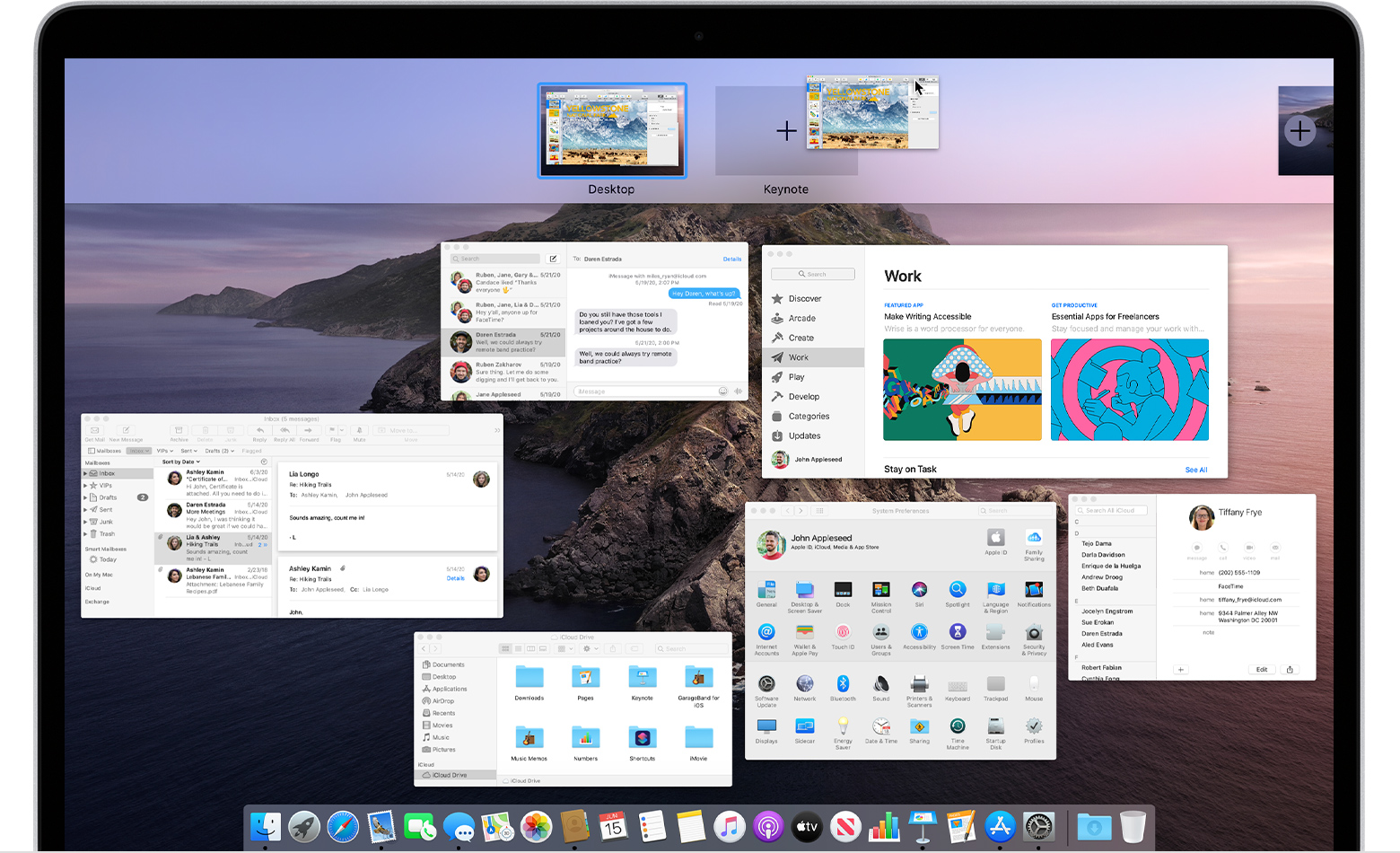
Other explanations for mystery processesĪlthough these methods are the most common ways to launch apps automatically in macOS, they aren’t the only ones. plist file that tells macOS to launch it. To see what’s running at the moment, open Activity Monitor-but bear in mind that the name of a given process as shown in Activity Monitor might not resemble the name of the. Repeat the command with load instead of unload to turn it back on.īecause most launch items run on a schedule or on demand, and because any of them could be disabled, the fact that something is present in one folder doesn’t necessarily mean the process it governs is currently running.

It unloads the launch agent that enables AppleScript folder actions.
#HOW TO DELETE PROGRAMS ON MAC AIR FULL#
An easy way to add an item’s full path is to drag it to the Terminal window) For example, take this command: launchctl unload ~/Library/LaunchAgents/.plist If you want to stop a launch item from running without your having to restart, open Terminal and type launchctl unload followed by a space and the full path to the launch item.

Sometimes these launch items run constantly in the background, sometimes they run at scheduled intervals, and sometimes they run as needed-for example, in response to an event such as a change in a certain file or folder-and then quit. plist documents that specify what should launch and under what circumstances. Instead of opening apps directly, launchd loads specially-formatted. This provides more flexibility for developers but it is less transparent to users. Since OS 10.4 Tiger, Apple has given developers another mechanism for launching items automatically: launch daemons and agents that are controlled by the launchd process. Leave Office applications closed while you go through this process.
#HOW TO DELETE PROGRAMS ON MAC AIR FOR MAC#
Before you remove Office for Mac 2011, quit all Office applications and make sure theres nothing in Trash that you want to keep.

Normally your /System/Library/StartupItems folder should be empty but if it contains something that you don’t use anymore, you can drag the unwanted item to the Trash to prevent it from loading automatically the next time you start your Mac. To uninstall the Citrix WorkSpace for Mac, open the CitrixWorkSpaceApp.dmg file and select Uninstall Citrix WorkSpaceApp. To uninstall Office for Mac 2011 move the applications to the Trash.Once youve removed everything, empty the Trash and restart your Mac to complete the process. Remove the additional OneDrive files: (this is optional) ( another form is to use a third party app of your choice to do this task) Press Apple (COMMAND) + SHIFT+ G in finder, or use Terminal. Apple now discourages the use of the StartupItems folders, but some old apps might still use them. Drag the blue OneDrive cloud to the trash. StartupItems folderĮarlier versions of macOS relied on two folders- /Library/StartupItems and /System/Library/StartupItems-to hold items designated to load when you start your Mac. IDG Everything in the Login Items list-whether added by you or by an app-opens automatically when you log in.


 0 kommentar(er)
0 kommentar(er)
